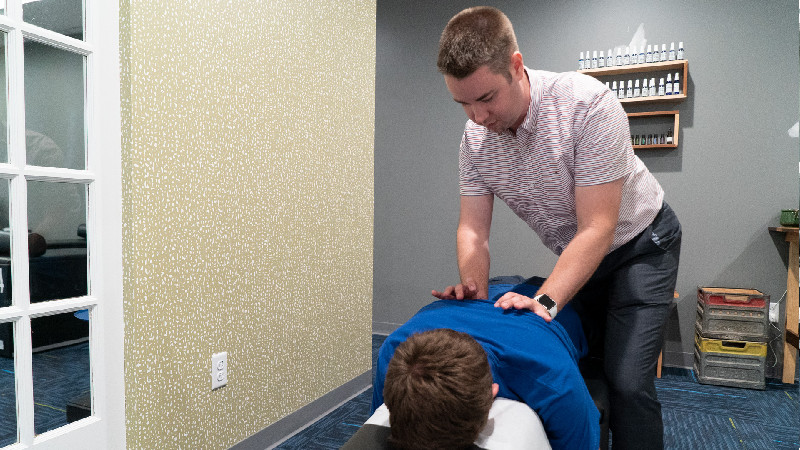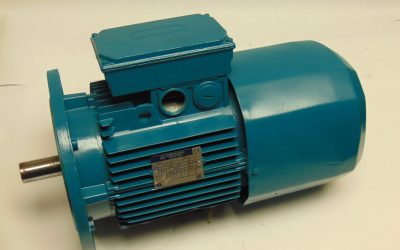Tumble polishing or finishing, also known as tumbling or rumbling is a technique for smoothing and polishing a rough surface on relatively small parts in numerous different industries. In the field of metalworking, a similar process called barreling or barrel finishing,
Stone Polishing
For tumble polishing of rocks as a lapidary technique, a plastic or rubber-lined barrel is loaded with a consignment of rocks, all of similar or the same hardness, some abrasive grit, and a liquid lubricant. Silicon carbide grit is commonly used, and water is a universal lubricant. The barrel is then placed upon slowly rotating rails so that it rotates. The optimal speed of rotation depends on the size of the tumbler barrel and materials involved.
Stone Preforms
Sometimes, stone “preforms” are used. This refers to cutting shapes from the rough rock, before tumbling. This gives more control over the final piece, so shapes such as a tear drop can be produced. The technique is still limited to rounded shapes. Preforms may use less time with the coarsest step, or skip it altogether.
Metal Polishing
Variations of this process usually include media, water, or other lubricants. As the barrel is rotated the material rises until gravity causes the uppermost layer to landslide down to the other side. The barrel may also have vanes, typically made of rubber, which run along the inside of the barrel. As the barrel turns the vanes catch and lifts the parts, which eventually slide down or fall.
Wet Process
In wet processes a compound, lubricant, or barreling soap is added to aid the finishing process, prevent rusting, and to clean parts. A wide variety of media is available to achieve the desired finished product. Common media materials include sand, granite chips, slag, steel, ceramics, and synthetics. Moreover, these materials are available in a wide variety of shapes. Usually different shapes are used in the same load to reach into every geometry of the part.
Economical Process
Tumbling is an economical finishing process because large batches of parts can be run with little or no supervision by the operator. A full cycle can take anywhere from 6 to 24 hours with the barrel turning at 20 to 38 RPM. Tumbling is usually most efficient with the barrel half full. Some processes also use a filter system to allow parts or other materials in the cylinder to be separated.


